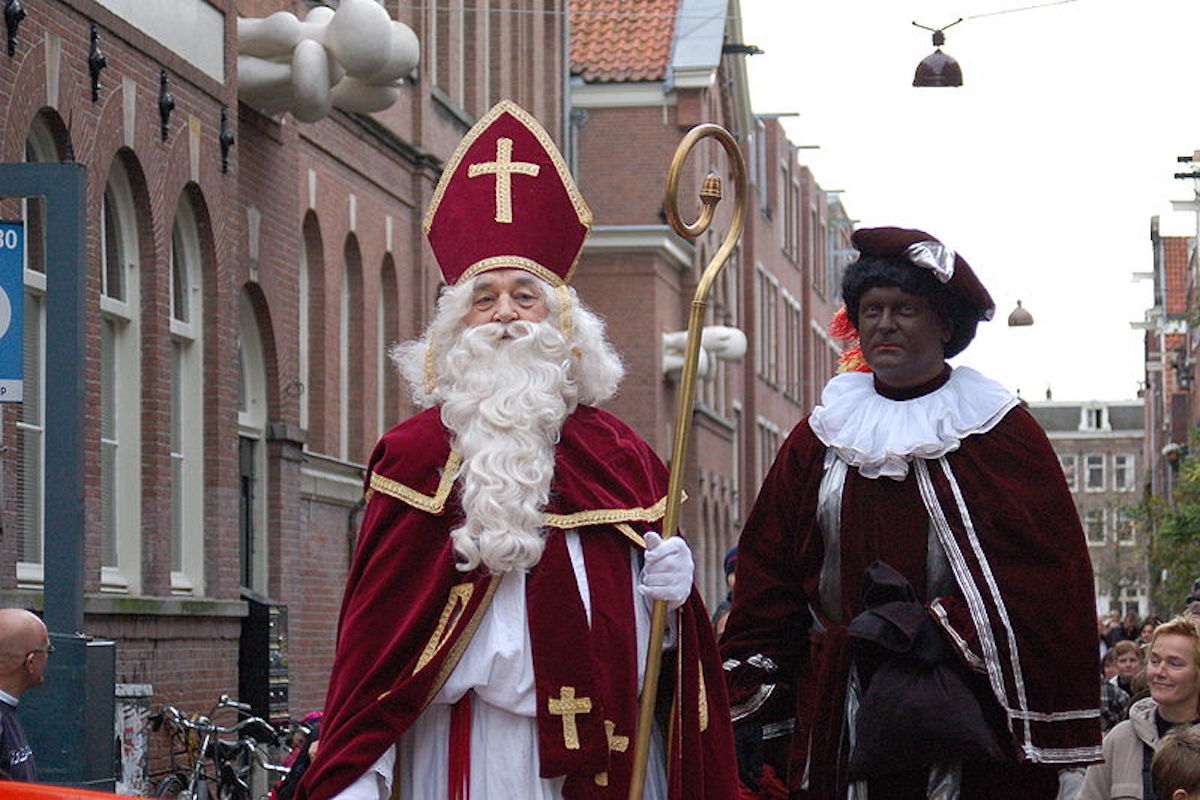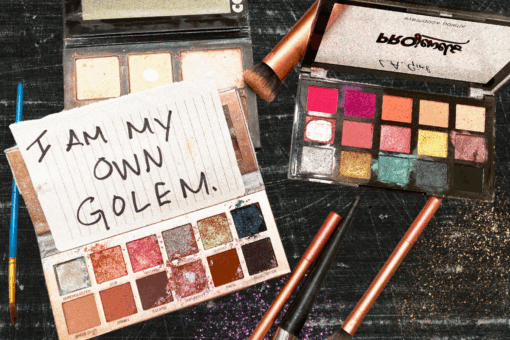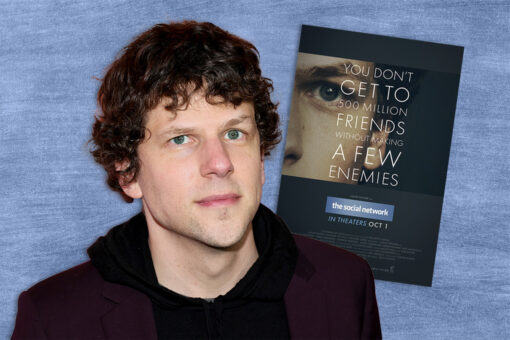I was raised in the Netherlands, where our culture dictated that this time of year, we start buying gifts for loved ones and preparing for the holidays.
It wasn’t Chrismukkah or even Chanoeka (Dutch spelling) that invited our festive generosity. It was Sinterklaas, a beloved cultural figure who resembles but is decidedly not Santa Claus. From kindergarten to the moment I moved to San Francisco eight years ago, Sinterklaas was the other December patriarchal icon, showing up on a horse instead of a sled and providing me with an additional bearded white man who tells me whether I’ve been naughty or nice.
Our first cousins, on the observant side of our shared spectrum, weren’t as steeped in the annual holiday. My aunt found Sinterklaas’ cross-adorned headgear less than secular, but at my house, despite our Jewishness, we were committed to the Santa-look-a-like’s birthday.
Once I got to the Bay Area, a Dutch friend and I decided to host a get-together every year to tell new friends about our culture. It’s hard to explain a cultural heritage that includes a man who looks like a slimmer Santa who comes to visit without elves yet with his Black friends. “Black friends?” Yes, we said, averting our eyes and embarrassed, directing them to this clip of David Sedaris explaining what it was like to visit Amsterdam during the winter and witness the atrocity of Black Pete.
According to the mythologizing of St. Nicolaas (the Dutch word for actual Santa is kerstman or Christmas man), he lives in Spain and comes over for his annual visit by steamship. There are many variations on Pete that accompany him, helping wrap presents and hand out candy to children. There’s Head Piet and Wrapping Pete, and all of them inevitably join the party once it happens at home or in the classroom. And by joining the party what I mean is “being of service” to Sint.
Zwarte Piet, Sinterklaas’s helper, has traditionally been portrayed by adults wearing gaudy costumes, large gold earrings, afro-style wigs, red lipstick, and full blackface makeup, a characterization critics say is a racist reference to slavery.
Even growing up in a country that normalized this slavery symbolism, you ask questions, and the answers usually arrived in confusing fragments. “Sinterklaas had roots in Turkey.” “Petes used to be Moors.” I often felt I’d need a PhD in History if I were to begin to understand.
And then there was my mother. I grew up as a dual citizen, with a Dutch father and American mother whose relative wokeness was too much for our time. “Why don’t you paint half your face black and keep half as it is?” she asked my best friend and me in the early ‘90s. Yet off we went, along with every other kid in our class, blackfaced, into a celebration of songs and presents. Yes, it is painful to type this.
Over recent years, the annual dialogue that centers on Zwarte Piet got louder in living rooms and media channels across the homeland. The Dutch have always prided themselves on their tolerance. Yet even in a globalized world, collective memory is local. There are plenty of Europeans who have never heard of Rosa Parks or Trayvon Martin. Of course, in Dutch op-eds that appear like mushrooms this time of year, there is a unified, contemporary voice that is familiar with Ta-Nehisi Coates and can quote Baldwin and pleads with their fellow citizens to stop this racist practice.
It’s challenging, then, to watch on my screen the “alternative sides” of this debate where the holiday — “a children’s party” — is deemed traditional and therefore immune to evolution. Other common arguments include that Pete isn’t actually Black but rather “dirty” from delivering gifts through the chimney. Though that wouldn’t explain his (oh, you thought it couldn’t get worse?) Afro wig or questionable outfit that remains clean throughout the journey.
At my nephew’s elementary school, teachers have become ready to (imagine this) leave Pete’s face white but keep a few dark smudges on his cheeks to actually resemble the chimney situation instead of full blackface or rebrand him as “Rainbow Pete” with a multitude of faces colored accordingly.
Unfortunately, none of this banter stops with talk shows either. There have been disruptive and violent demonstrations as recent as last month as well as online/IRL trolls of those who defend a non-offensive pal for the bearded guy… and everything else you would expect from white people resisting change.
But now, more than ever, can’t we all agree that this is the time to resist racism and white supremacy?
Sinterklaas is a major figure for families across Holland, and so are his friends. It would be comfortable to pretend his “Petes” didn’t manifest as remnants from colonial pasts. But they did.
I was born into a community where survival guilt felt all-consuming. Today, I live in a part of the world where someone with a strong sense of Jewish identity can feel free to relate their Judaism to Larry David, yoga, or even the civil rights movement. The teaching I’ve taken away is: We have felt liberated enough to be firmly rooted here. This lesson has given me a specifically American context for the impatience to evolve.
As a Jewish woman in post-Holocaust Europe, I was not socialized to think of myself as the oppressor. But as a white woman, I have not been immune to participating in something this wildly offensive. My growing sensitivity — and the other Dutch people fighting this tradition — makes me hopeful. And I hope it’s a symptom of a more aware collective that will try to do better.
Image by Michell Zappa via WikiMedia



